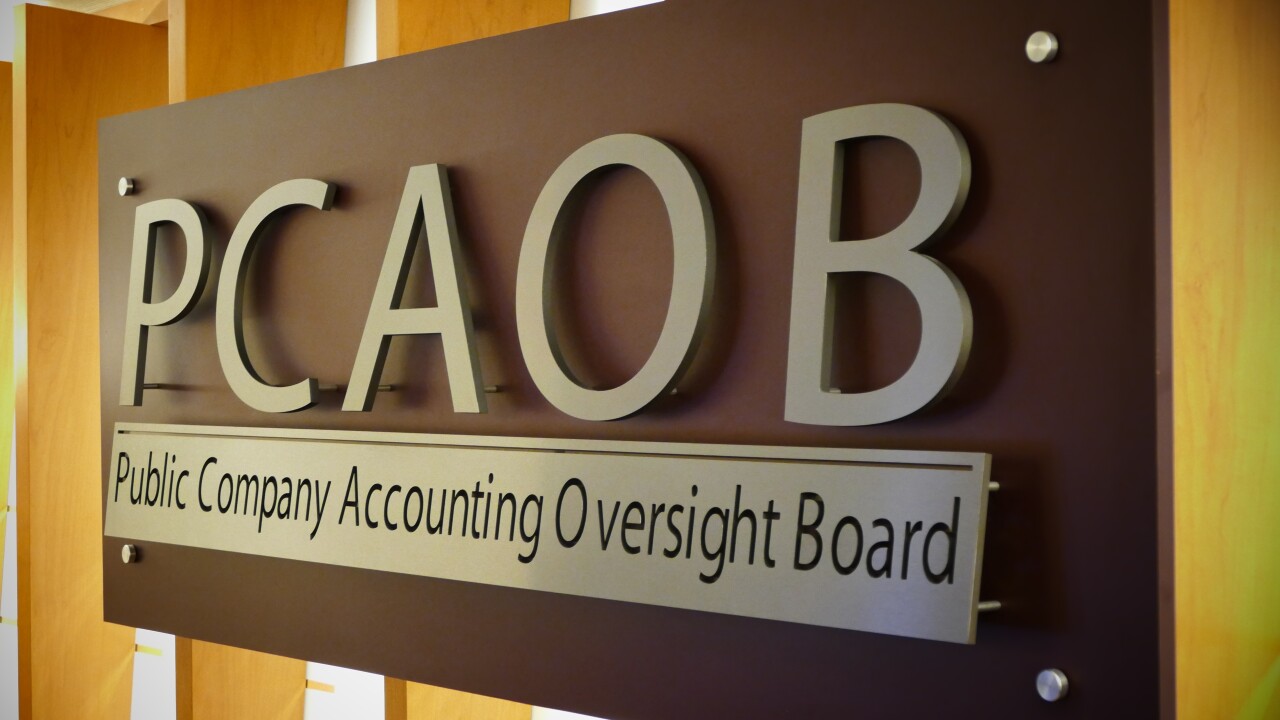“Alice” was “Dr. Young’s” office manager, and had been with his practice for more than 15 years. He often referred to her as his lifesaver because she handled all of the administrative and bookkeeping duties. The office ran in tip-top shape and Dr. Young could focus on his passion: helping and healing his patients.
Alice wore many hats for Dr. Young. She processed the office’s payroll and handled the accounts receivable and payable. Unfortunately, because she had such unfettered access to the company funds, it was only too easy for her to begin stealing from her employer.
The fraud started when she issued herself payroll advances every week, but did not report all of those advances on her paycheck. On the back end, she manipulated QuickBooks so it appeared those extra checks were going to legitimate vendors. Then Dr. Young noticed unfamiliar cash advances were made with his credit card. By the time the forensic investigation concluded, Alice had stolen tens of thousands of dollars from Dr. Young through payroll theft and unauthorized credit card charges.
Payroll fraud is theft of a company's money using the payroll system. Payroll fraud schemes are some of the most financially devastating because they tend to take place over an extended period – on average, this form of
Four of the most common examples of payroll fraud schemes include:
- Timesheet fraud. An employee logs time for hours not spent on the job. In a larger organization, a fraudster may ask a coworker to “punch the clock” for him in his absence or to hide tardiness or skipping out early. Employees with access to the payroll system can alter check amounts or issue themselves unauthorized checks, as Alice did in the case example.
- Ghosts on the payroll. Ghost employee schemes occur when a payroll employee enters a fake employee into the accounting system or continues to issue checks to an employee who no longer works for the company. The extra checks are then pocketed for personal use.
- Commission fraud. This fraud is most often perpetrated by sales employees who take advantage of weak controls in commission policies -- for example, an employee who inflates his sales numbers in the CRM system to receive higher-than-earned commissions.
- Lack of deductions. An employee with access to the payroll system can alter their checks to avoid paying mandated deductions, such as federal and state (if applicable) withholding taxes and Social Security, effectively leaving the employer to pay for them.

The upside of payroll fraud is that is it easy to prevent by implementing simple internal controls that even microbusinesses can do. Here are seven safeguards that can help detect payroll fraud before it snowballs, and reduce the likelihood of it happening at all.
1. Review payroll reports each pay period, once payroll is processed. Many employers approve the payroll before it’s processed without comparing it to what was actually paid. Businesses should recognize and verify employee names, rates of pay, hours worked, and any deductions, and ensure overtime is justified and approved.
2. Require employees to take mandatory time off. A common red flag of fraud is an employee who hoards her work duties and never takes PTO. This type of behavior could mean an unwillingness to leave for fear the fraud will be discovered by someone who is covering for her.
3. Cross train and rotate job responsibilities in payroll.
4. Require supervisor approval on timesheets and overtime requests.
5. Review paper bank statements and cancelled check images every month. It’s not enough to look at an online statement of account activity. Look at every check and verify the payee and the amount.
6. Employers should be the only one to sign checks, and should never sign a blank check.
7. Businesses should establish a zero-tolerance policy against employee theft of any kind and prosecute fraudsters when they commit a crime.
Payroll fraud happens when businesses take their eyes off the day-to-day cash flow. To reduce the likelihood of payroll fraud, employers should make sure employees know that payroll is being scrutinized at each pay period. One of the most important parts of protecting a business’s financial assets is to vigilantly monitor cash in and cash out to disrupt fraud before it happens.





